How to Tell Your Company Story
Developing Ideas
-
 Research your company online to see how people describe it. A quick Google search can help you to figure out what words might resonate with your readers. Search your company's name and read reviews, social media posts, and other things that customers have written about your company and its products. Look for the top 5 adjectives that people use to describe your company and its products to help you determine what people value most about your company.[1]
Research your company online to see how people describe it. A quick Google search can help you to figure out what words might resonate with your readers. Search your company's name and read reviews, social media posts, and other things that customers have written about your company and its products. Look for the top 5 adjectives that people use to describe your company and its products to help you determine what people value most about your company.[1]- For example, you might notice that people often describe your company's products as 'reliable,' 'cost-effective,' 'innovative,' 'easy to use,' and 'fun.' Make a note of these terms and make sure to include them in your story as you describe what your company does.
-
 Ask customers and employees why they are loyal to your company. Determining what keeps people coming back can also be a powerful detail to include in your story. Talk with your repeat customers and long-term employees to find out what they love about the company.[2] As you talk with people, identify any adjectives or descriptive words that they use to describe your company. If you notice that people consistently use certain words, try to integrate these into your company's story.[3]
Ask customers and employees why they are loyal to your company. Determining what keeps people coming back can also be a powerful detail to include in your story. Talk with your repeat customers and long-term employees to find out what they love about the company.[2] As you talk with people, identify any adjectives or descriptive words that they use to describe your company. If you notice that people consistently use certain words, try to integrate these into your company's story.[3]- For example, if you notice that customers point out that your company's excellent service is what keeps them coming back, then you'd definitely want to mention this somewhere in your story.
Tip: This is a great time to gather customer and employee testimonials. Make sure to ask each person if it's okay for you to include their testimonial on your website and get written consent before you do so.
-
 Answer 'who,' 'what,' 'when,' 'where, 'why' questions. Answering questions about your story can help you to decide what details you need to include in it. Take some time to reflect on the following questions and write out your answer to each one:[4]
Answer 'who,' 'what,' 'when,' 'where, 'why' questions. Answering questions about your story can help you to decide what details you need to include in it. Take some time to reflect on the following questions and write out your answer to each one:[4]- What happened that led to the start of your company?
- When did your company form?
- Who are the key characters in the company's story?
- What were the people who started the company trying to do?
- What challenges did the creators of your company face?
- Why is it important for people to know your company's story?
Tip: If you're not the owner of the company telling the story from your perspective, pay special attention to the voice you'll use to tell your company's story and really think about who that person is. Strive to talk to your audience in a way that's endearing, yet professional.[5]
Drafting Your Story
-
 Start by describing the 'self' or individual aspect of your company. This is the best way to introduce your company's story since it automatically humanizes your company and draws readers in. However, it can be a difficult part of writing your company's story since it involves getting a little personal. In this section, talk about what events led to your company's formation.[6]
Start by describing the 'self' or individual aspect of your company. This is the best way to introduce your company's story since it automatically humanizes your company and draws readers in. However, it can be a difficult part of writing your company's story since it involves getting a little personal. In this section, talk about what events led to your company's formation.[6]- For example, if you operate a graphic design company, you might discuss your interest in animation from a young age that led to pursuing a graphic design major in college. You could then share that you worked for other companies but felt unfulfilled and decided to start your own company.
-
 Be honest about any hardships your company faced in its early days. Sharing about early financial hardships, lack of support, technical hiccups, and other challenges can help to endear you to your customers, so don't leave these details out of your story. Your customers will appreciate your honesty and be more likely to connect with your company's values as a result.[7]
Be honest about any hardships your company faced in its early days. Sharing about early financial hardships, lack of support, technical hiccups, and other challenges can help to endear you to your customers, so don't leave these details out of your story. Your customers will appreciate your honesty and be more likely to connect with your company's values as a result.[7]- For example, if your tech company started out with just you and your laptop in your best friend's basement, share that with customers!
Tip: While it's important to share about any hardships your company has faced, don't embellish the details of your story either. Be honest about your company's origins.
-
 Talk about what your company does and why it matters. Once you've shared how your company got off the ground, talk about the present. Describe what your company does, what it's known for, and what it strives to do in the future. Be sure to think about your customers and how you can communicate your company's goals to them in a way that will be relatable.[8]
Talk about what your company does and why it matters. Once you've shared how your company got off the ground, talk about the present. Describe what your company does, what it's known for, and what it strives to do in the future. Be sure to think about your customers and how you can communicate your company's goals to them in a way that will be relatable.[8]- For example, if you operate a catering business, you might talk about how you strive to make healthy, crowd-pleasing food that sources ingredients locally. You might also talk about a future goal, such as opening your own restaurant or expanding your catering business.
-
 Include transitions to help make the story flow well. Transitions are words and phrases that help to ease the flow of your text and help the reader build logical connections between the ideas you present. Transitions can also help you to compare and contrast, introduce examples, and provide emphasis. Look for places in your story where you can provide signposts and time-markers to signal the order in which your story happened and what's coming next. Here are some common types and examples of transitional words and phrases you might include:[9]
Include transitions to help make the story flow well. Transitions are words and phrases that help to ease the flow of your text and help the reader build logical connections between the ideas you present. Transitions can also help you to compare and contrast, introduce examples, and provide emphasis. Look for places in your story where you can provide signposts and time-markers to signal the order in which your story happened and what's coming next. Here are some common types and examples of transitional words and phrases you might include:[9]- Sequence: First, after, before, next, and then.
- Similarity: Also, in the same way, and like.
- Difference: However, but, and in spite of.
- Examples: For example, for instance, and to illustrate.
- Emphasis: Indeed, of course, and truly.
-
 Conclude with a call to action or invitation for your customers. Once you have finished telling your story and describing your company, look for a way to engage your readers. This could be as simple as inviting them to contact you or visit your place of business, or you could ask a question to get a conversation going.[10]
Conclude with a call to action or invitation for your customers. Once you have finished telling your story and describing your company, look for a way to engage your readers. This could be as simple as inviting them to contact you or visit your place of business, or you could ask a question to get a conversation going.[10]- For example, you might say something like, 'Come in for a visit so we can show you what sets us apart!' or 'Follow me on social media to stay in touch.'
-
 Revise and proofread your work before sharing it publicly. Revising can help you to ensure that you've included all of the necessary information, while proofreading will give you a chance to check for errors. Try reading your story out loud to determine if there's anything missing from it. This is also a great way to spot simple errors, such as typos, grammatical issues, and misspellings.[11]
Revise and proofread your work before sharing it publicly. Revising can help you to ensure that you've included all of the necessary information, while proofreading will give you a chance to check for errors. Try reading your story out loud to determine if there's anything missing from it. This is also a great way to spot simple errors, such as typos, grammatical issues, and misspellings.[11]- It's also a good idea to ask someone to read your company's story before sharing it. They may be able give you feedback on what details might make the story more compelling or logical.
Distributing Your Story
-
 Post your company's story on the 'About' section of your website. Customers and potential employees looking to find out more about your company's history will likely check here. Once you have completed your story and proofread it thoroughly, post it to your site.[12]
Post your company's story on the 'About' section of your website. Customers and potential employees looking to find out more about your company's history will likely check here. Once you have completed your story and proofread it thoroughly, post it to your site.[12]- Another option is to create a page called 'Our Story' or something similar.
Tip: Choose a font and layout that is easy to read. Try to keep the formatting the same as the rest of the site.
-
 Add relevant pictures to enhance the details of your story. Look for places in your story where an image might help to enhance it. For example, you might include an image of your chief executive officer, a group of employees, or your workplace. To highlight your company's humble beginnings, you might include a picture of your first office or workspace.[13]
Add relevant pictures to enhance the details of your story. Look for places in your story where an image might help to enhance it. For example, you might include an image of your chief executive officer, a group of employees, or your workplace. To highlight your company's humble beginnings, you might include a picture of your first office or workspace.[13]- Don't include too many pictures. One for every 1-2 paragraphs is plenty.
-
 Include quotes from customers and employees to help tell your story. Place these off to the side or spread throughout your post to highlight your company's best assets. You might even pair the quote with a picture of the employee or customer to give a more human voice to what they've said about your company.[14]
Include quotes from customers and employees to help tell your story. Place these off to the side or spread throughout your post to highlight your company's best assets. You might even pair the quote with a picture of the employee or customer to give a more human voice to what they've said about your company.[14]- For example, if you have testimonials from customers that enhance details you shared in your story, you might include 2-3 of those off to the side or at the bottom of the page.
-
 Make a video to share your story using a visual medium. Once you have written out your company's story, you might even consider creating a video to go along with it and using the narrative as your 'script.' Pair the words with footage from your office or other place of business to give customers a glimpse of what your company looks like when it's in action. Interview customers and employees to include some testimonials in the video as well.[15]
Make a video to share your story using a visual medium. Once you have written out your company's story, you might even consider creating a video to go along with it and using the narrative as your 'script.' Pair the words with footage from your office or other place of business to give customers a glimpse of what your company looks like when it's in action. Interview customers and employees to include some testimonials in the video as well.[15]- Keep the video short, such as around 3-5 minutes. This will increase the chances that people will watch it.
You should read it
- How to Start a Taxi Company
- How to Choose an Auto Transport Company
- Microsoft admitted it was wrong about open source
- Preparing for the company network
- Invite Company of Heroes 2, an attractive strategy game for $ 20 (expired)
- The Role of Due Diligence in Selling Your Company: What You Need to Know
- Microsoft now has a higher value than Google
- There is an extremely mysterious company, making more money than Apple and Microsoft, but few people know about its existence.
- Who is C&B? What do they do in the HR department?
- Apple officially became a company of 1000 billion dollars
- OPPO declares its transformation from 'smartphone company' to 'smart device company'
- Technology world panorama in 2017
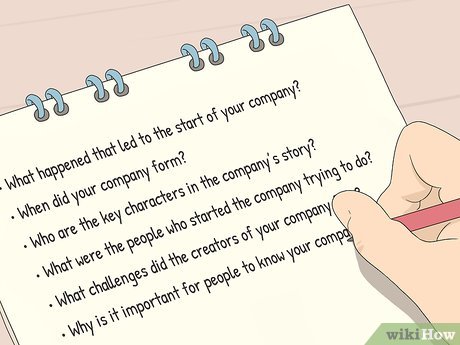
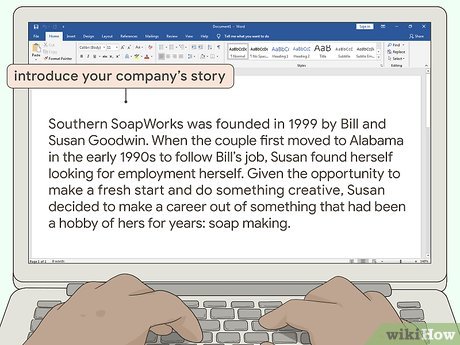
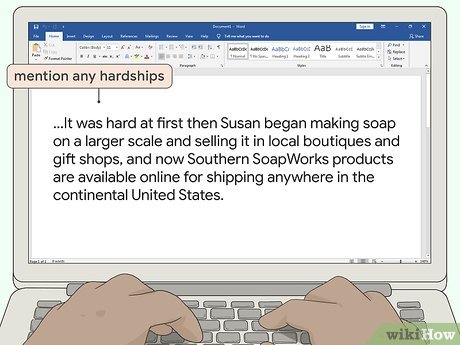
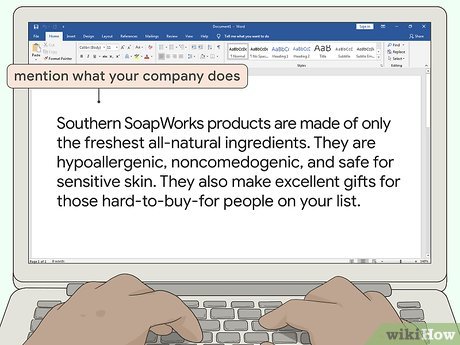
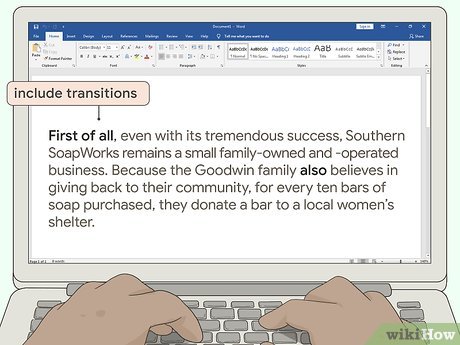
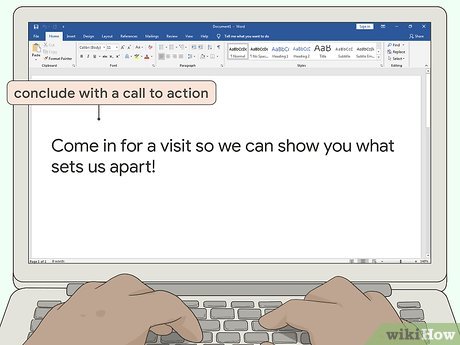

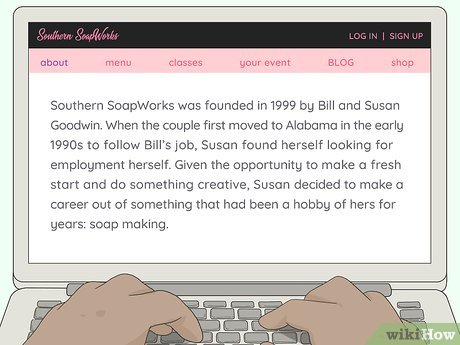
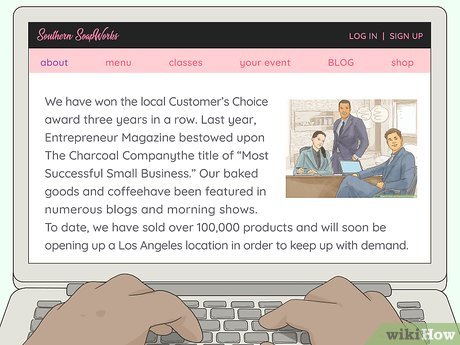
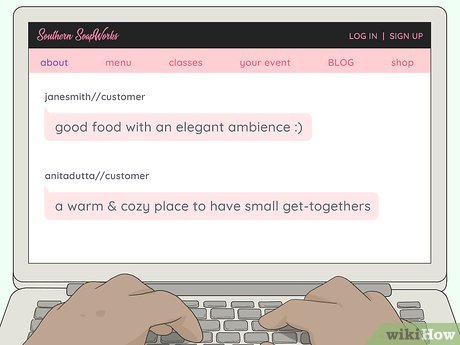
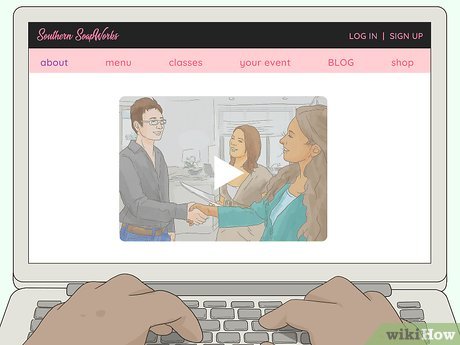






 Tips for using Seen: Story Editor edit Story is very artistic
Tips for using Seen: Story Editor edit Story is very artistic How to use the new Story feature on Facebook
How to use the new Story feature on Facebook How to post a quiz on Instagram Story
How to post a quiz on Instagram Story Instagram allows sharing posts to Stories
Instagram allows sharing posts to Stories How to Tell a Convincing Scary Story
How to Tell a Convincing Scary Story How to Tell Your Life Story
How to Tell Your Life Story